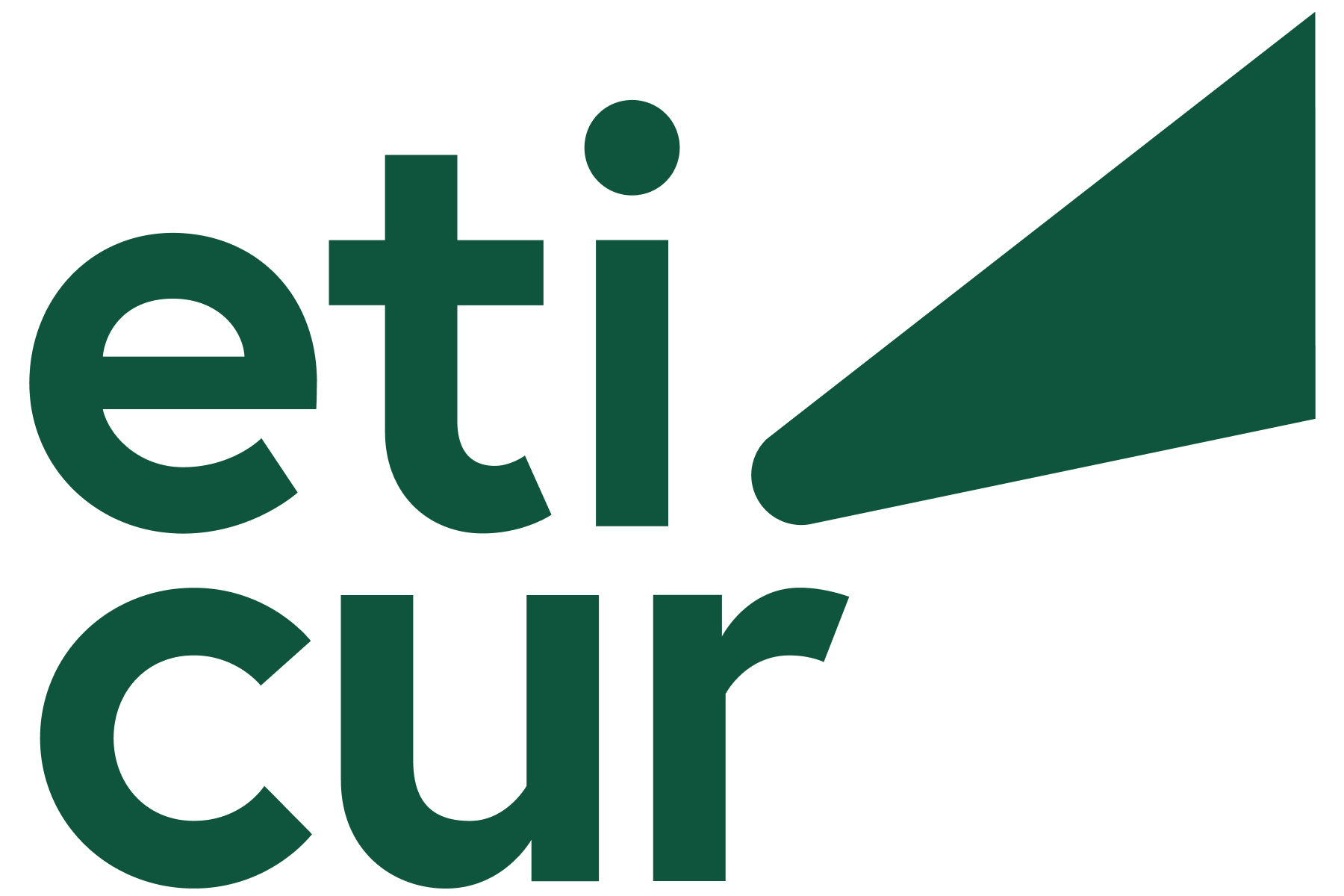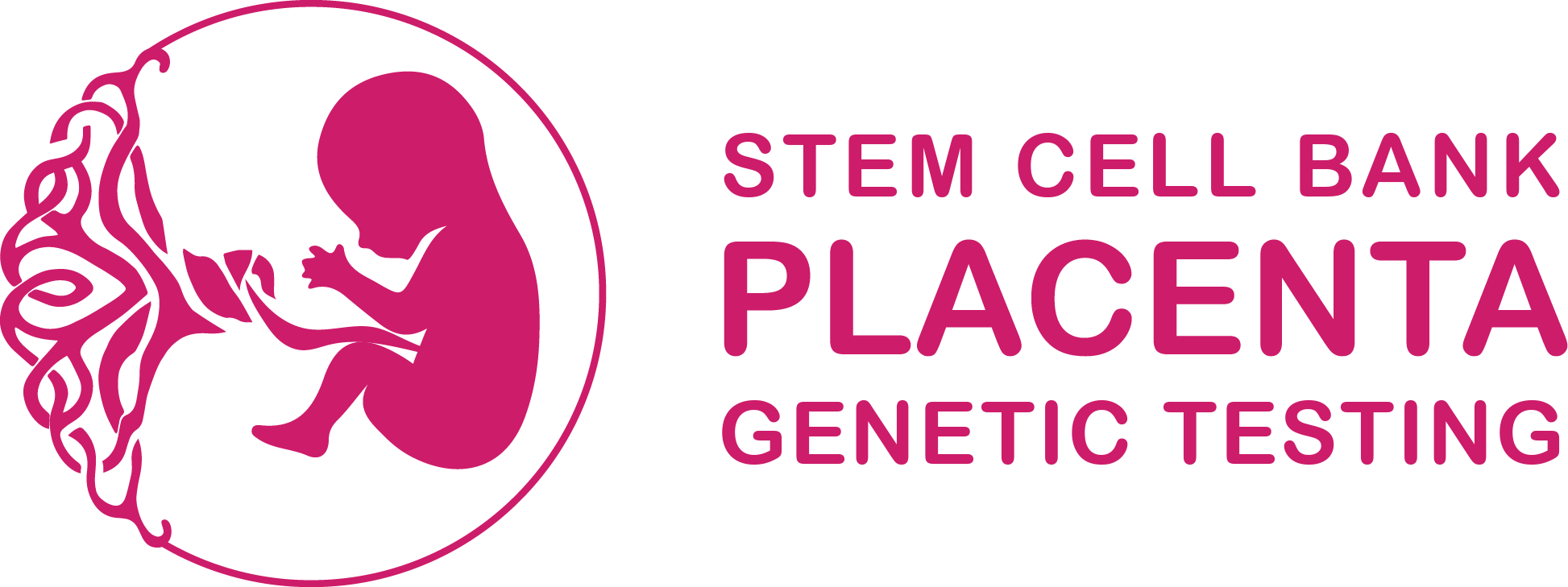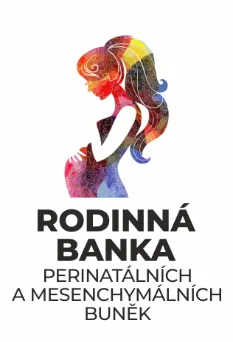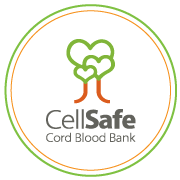News
FamiCord Group opened a new laboratory in Budapest
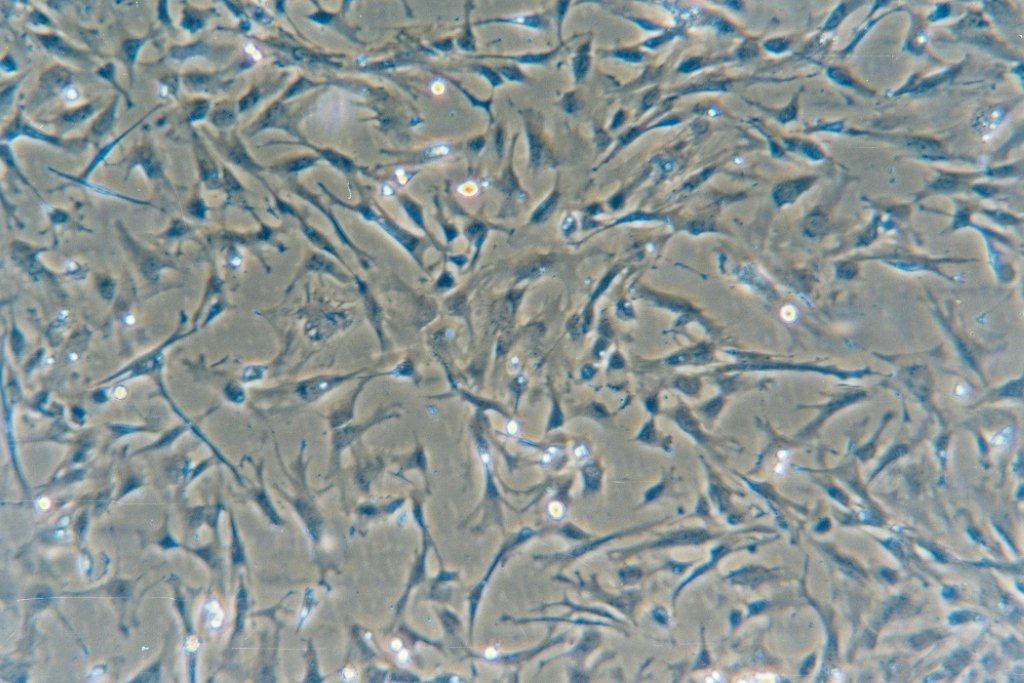
23 Januar 2013
KRIO Institute in Hungary opened a new laboratory to enable the stem cell bank to process samples manually. Manual technology allows for the correction of errors that may occur during collection and separation of blood, thus samples made available for a future therapy are especially rich in cells.
Manual procedure
Cord blood must be processed within 36 hours after it has been collected. Some part of it is taken for a microbiological blood culture test. All samples are kept in quarantine until sterility tests have been completed.
Following this, stem cells are isolated in umbilical cord blood, in the process of which most of the red blood cells and plasma are removed. Some stem cell banks freeze the entire substance of umbilical cord blood, however, in this case the chance of survival for stem cells is lower due to red blood cells disintegrating during thawing. Therefore, processing umbilical cord blood before freezing is a basic requirement in Europe, the USA and Japan.
Separation starts with a plasma squeeze in a special solution, then the sample is placed in a centrifuge. This procedure – as the entire process of manual technology – is carried out under strict control, and is interrupted at any stage of the process, if necessary, to correct errors in order to ensure the highest recovery rate of total nucleated cells (TNC). Manual technology can be compared to manual assembly in car making, which is, in many respects, still more precise than automatized assembly carried out by robots. The outcome of the process is a cell preparation rich in cells separated from the plasma. This goes into a freezing bag with a so called cryoprotectant solution added to it.
The added liquid protects the cells from damage that freezing may cause. Four ampoules of 1.5 ml capacity are also filled with the sample, prepared for deep freezing and stored separately. If the sample was used later, these ampoules provide substance for an examination prior to transplantation, thus the whole sample does not need to be thawed. Such an examination is typically performed, if the stored sample is not used by the child, but it is to be transplanted into one of his or her close relatives' (sibling, parent and grandparent) or a non-relative’s body, thus HLA matching needs to be analysed.









